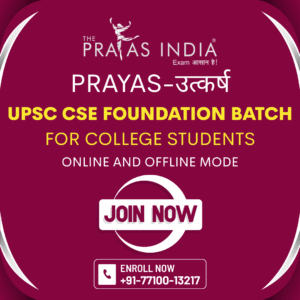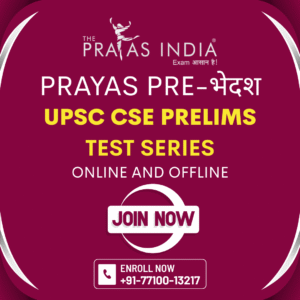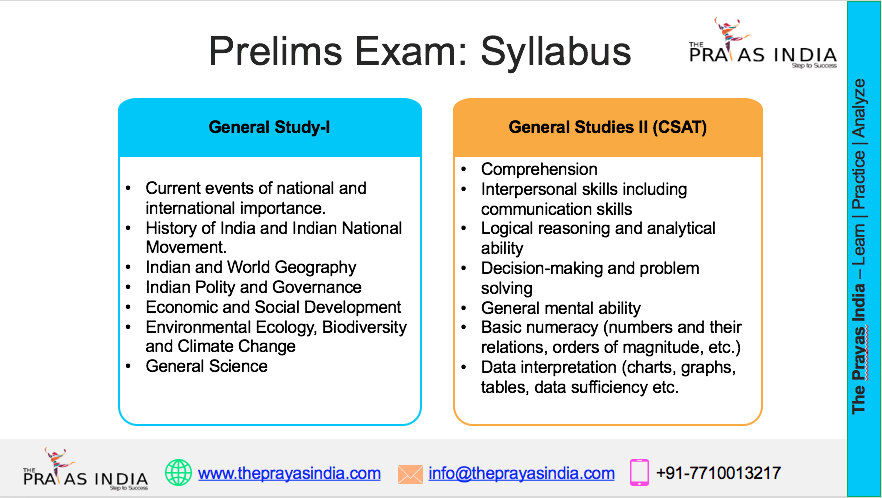Diplomatic Thaw Between India and China: A New Phase in Bilateral Relations
Introduction
After years of turbulence marked by border clashes, economic restrictions, and diplomatic mistrust, India and China are signaling a new phase in their bilateral relations. The visit of Chinese Foreign Minister Wang Yi to New Delhi in August 2025 has been a turning point, setting the stage for the resumption of cooperation in key areas like trade, people-to-people exchanges, and cultural diplomacy. This thaw is not just bilateral—it is taking place against the backdrop of shifting U.S. engagement in Asia and China’s recalibrated regional diplomacy.
Background of Strained Relations
The ties between India and China have been deeply strained since the Galwan Valley clashes of 2020, which marked the most serious confrontation between the two countries in decades. This led to:
- Frozen trade negotiations in critical sectors.
- Suspension of direct flights, impacting business and tourism.
- Visa restrictions, particularly on journalists and academic exchanges.
- Military standoff across the Line of Actual Control (LAC), with multiple rounds of inconclusive talks.
The absence of trust not only hurt bilateral relations but also had wider consequences for regional security and economic integration.
Key Highlights of the Diplomatic Thaw
During Wang Yi’s visit, both sides agreed on several confidence-building measures:
- Resumption of Trade Dialogue – A step toward restoring business confidence, particularly in sectors like pharmaceuticals, electronics, and raw materials.
- Reinstating Direct Flights – Facilitating people-to-people contact, business travel, and tourism.
- Issuing Journalist Visas – Strengthening media and informational exchanges to reduce mistrust.
- Cultural Exchanges and Academic Cooperation – Reviving platforms for soft power diplomacy and mutual understanding.
- Border Talks – While territorial disputes remain unresolved, both sides agreed to reduce friction along the LAC through joint mechanisms.
Geopolitical Context
This thaw is occurring in a shifting geopolitical landscape:
- U.S. Engagement in Asia: Washington’s focus has been oscillating due to domestic priorities and global crises, creating space for regional players to recalibrate.
- China’s Diplomacy: Facing economic slowdown and strained ties with the West, Beijing is reaching out to Asian neighbors to stabilize its periphery.
- India’s Strategic Autonomy: New Delhi continues to balance relations with the U.S., Russia, and China, avoiding alignment while safeguarding national interests.
- Indo-Pacific Dynamics: A cooperative India-China framework could impact the Quad (India, U.S., Japan, Australia) and reshape maritime strategies in the region.
Implications for India
- Economic Gains – Revived trade can reduce supply chain bottlenecks, particularly in manufacturing and technology sectors.
- Strategic Leverage – Improved ties with China allow India greater flexibility in negotiations with the U.S. and other global powers.
- Border Stability – Even partial easing of tensions frees up military resources and lowers the risk of conflict escalation.
- Diplomatic Space – India can project itself as a mediator and stabilizer in Asian geopolitics.
Challenges and Limitations
Despite positive signs, several hurdles remain:
- Trust Deficit: Past experiences, particularly after Galwan, make India cautious about Chinese intentions.
- Unresolved Border Dispute: The LAC issue remains a core irritant, with neither side willing to make concessions.
- Strategic Competition: Both nations compete for influence in South Asia, Africa, and the Indian Ocean.
- Domestic Pressures: Political narratives in both countries make it difficult to pursue full normalization.
UPSC Relevance
This development is highly relevant for GS Paper 2 (International Relations):
- Foreign Policy Strategy: Balancing relations with China while engaging with the U.S. and Indo-Pacific partners.
- Regional Diplomacy: Understanding India’s role in shaping Asian security dynamics.
- Case Study: A practical example of diplomacy, conflict management, and multilateralism.
Conclusion
The diplomatic thaw between India and China marks a cautious but significant shift in bilateral relations. While challenges persist, particularly on the border issue, the resumption of cooperation in trade, cultural exchange, and diplomacy opens a window for stabilizing ties. For India, this presents both opportunities and challenges in navigating the complex Indo-Pacific environment.
A sustained engagement, grounded in strategic pragmatism and mutual respect, will determine whether this thaw leads to long-term normalization or remains a temporary phase.




![Prayas-तेजस [UPSC CSE Sociology Optional] – Online & Offline](https://theprayasindia.com/wp-content/uploads/2025/09/Prayas-तेजस-UPSC-CSE-Optional-Subject-The-Prayas-India-300x300.png)
![Prayas-सूत्र [UPSC CSE Materials (Hardcopy)]](https://theprayasindia.com/wp-content/uploads/2025/09/Prayas-सूत्र-UPSC-CSE-Study-Materials-Hardcopy-The-Prayas-India-300x300.png)
![Prayas-मंत्रा [UPSC CSE CSAT]](https://theprayasindia.com/wp-content/uploads/2025/09/Prayas-मंत्रा-UPSC-CSE-CSAT-The-Prayas-India-300x300.png)
![Prayas सारथी [UPSC CSE One on One Mentorship]](https://theprayasindia.com/wp-content/uploads/2025/09/Prayas-सारथी-UPSC-CSE-One-on-One-Mentorship-The-Prayas-India-300x300.png)










